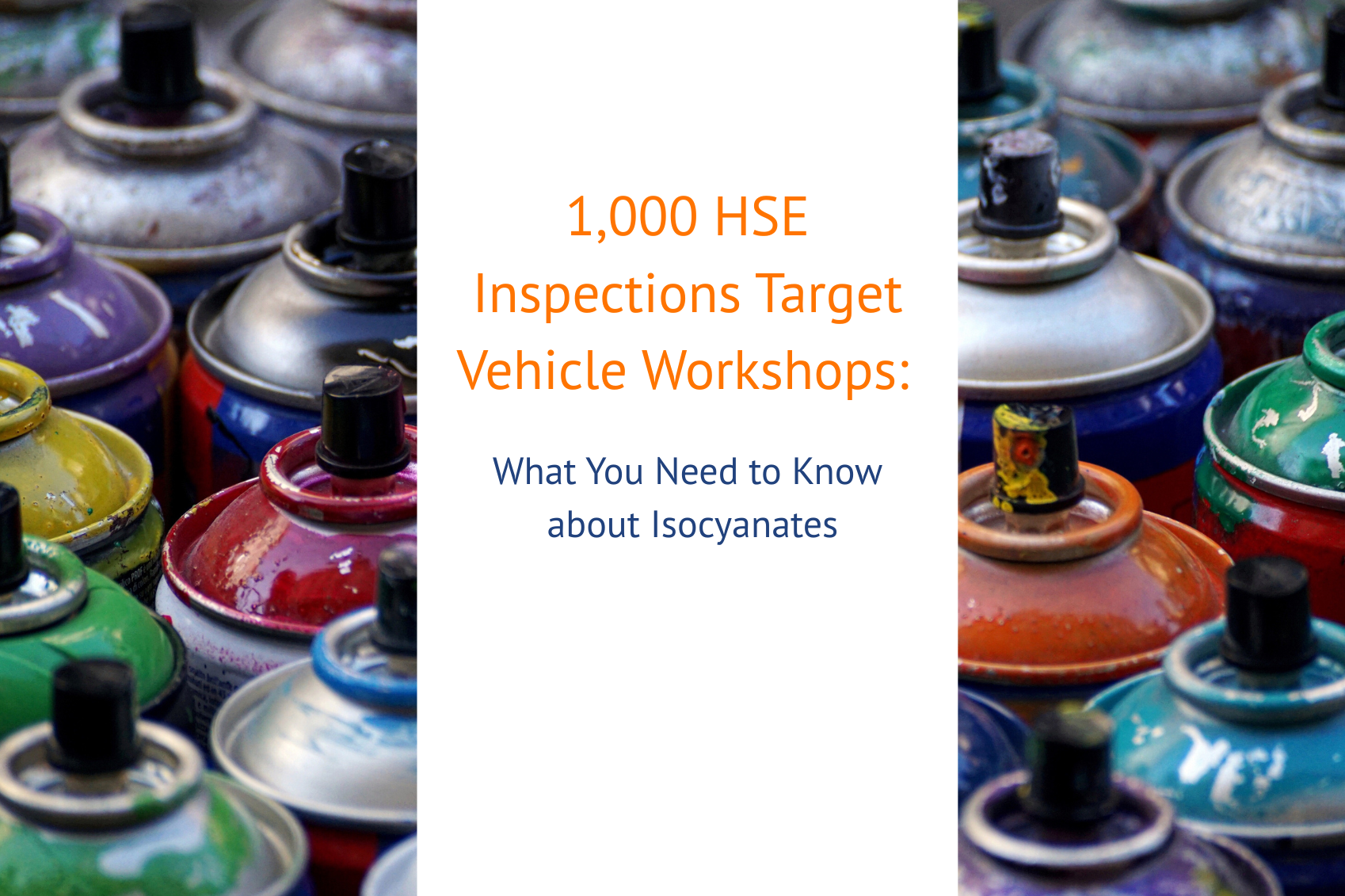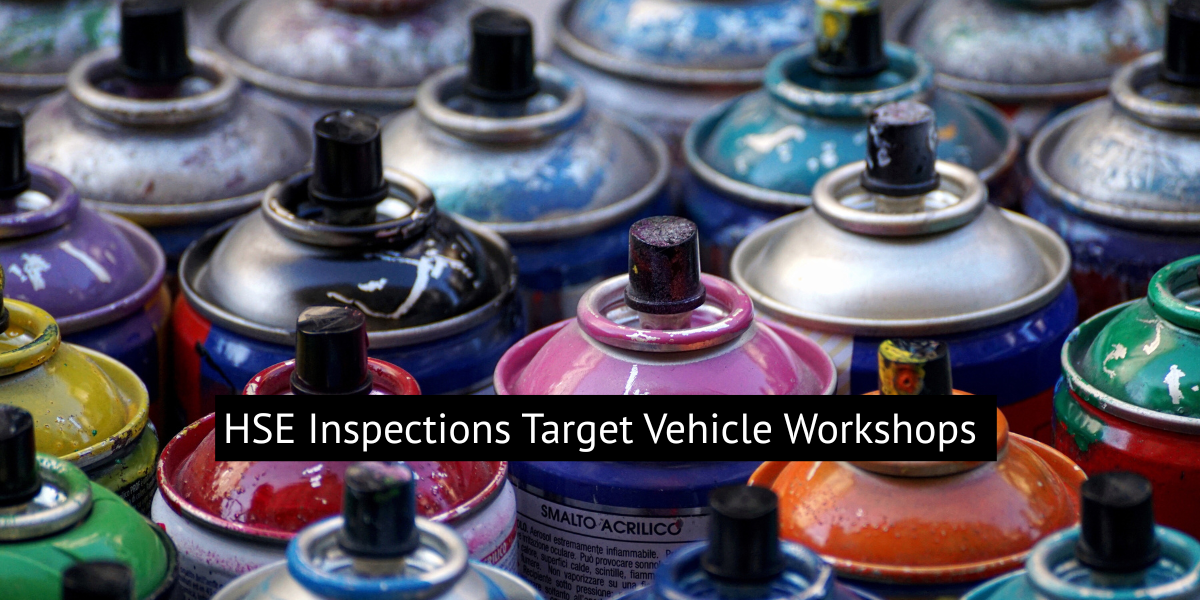
1,000 HSE Inspections Target Vehicle Workshops: What You Need to Know about Isocyanates


The Health and Safety Executive (HSE) has announced a major inspection campaign targeting isocyanate exposure in vehicle repair workshops across the UK.
Isocyanates, found in 2-pack paints and coatings, are the leading cause of occupational asthma in the UK. Exposure during everyday tasks like spraying, mixing or cleaning spray guns puts workers at risk of developing this serious, potentially career-ending health condition.
HSE’s campaign highlights that even short-term lapses can have long-lasting consequences. Even in well-run paint shops and vehicle repair workshops, control measures like spray booth ventilation, PPE, and Local Exhaust Ventilation (LEV) systems can deteriorate over time or be misused. When this happens, isocyanates can linger in the air or settle on surfaces, creating a risk for anyone nearby – often without any warning signs.
On the 24th of September, the HSE launched 1,000 targeted inspections across the UK, focusing specifically on body shops and garages using isocyanate-containing paints. The campaign is a direct response to rising cases of occupational asthma and industry-wide non-compliance.
Isocyanates are the leading cause of occupational asthma among vehicle paint sprayers. The challenge is that, once a worker is sensitised, even tiny exposures can trigger severe, career-ending attacks.
“We often underestimate the harm these hazards are doing. It’s only once they’re measured that we can see what’s happening and put the right controls in place so everyone can work safely.” David Flower, Senior Occupational Hygienist, IOM
HSE inspectors will check that owners and managers are meeting legal requirements under the Control of Substances Hazardous to Health (COSHH) Regulations.
To demonstrate compliance, these measures must be in place:
With HSE inspections already underway, the IOM can assess isocyanate controls before inspectors arrive on the premises.
Our occupational hygienists can visit workshops to:
This will provide assurance on compliance as well as evidence to demonstrate controls are working effectively and address any issues before an inspection.
We can help prepare workshops prior to inspection Contact our team on 0131 449 8000 or at [email protected] to arrange an assessment.